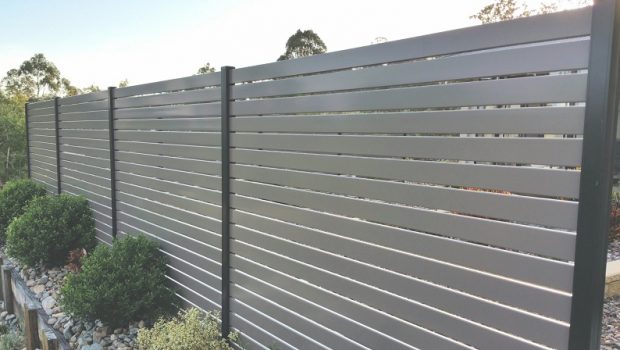When it comes to selecting an exterior door for your home, two popular materials stand out: fiberglass and steel. Both offer unique benefits in terms of durability, security, and energy efficiency, but they also have distinct characteristics that might make one more suitable for your needs than the other. This article provides a detailed comparison of fiberglass and steel doors to help homeowners make an informed decision.
Durability and Maintenance
Fiberglass Doors:
- Durability: Fiberglass doors are known for their longevity and resistance to warping, rotting, and corrosion. They can withstand harsh weather conditions without deteriorating.
- Maintenance: These doors require minimal maintenance. They can be cleaned easily with soap and water and don’t need to be painted or stained regularly.
Steel Doors:
- Durability: Steel doors are extremely durable and offer a high level of security. However, they can be prone to dents and scratches. If not properly treated, steel doors can rust over time, especially in coastal areas.
- Maintenance: Steel doors may require more maintenance than fiberglass, especially if they are scratched or dented. Regular painting can prevent rust and maintain their appearance.
Security
Fiberglass Doors:
- Fiberglass doors provide a good level of security and are difficult to breach due to their solid construction. However, the level of security can also depend on the quality of the locks and hardware used.
Steel Doors:
- Steel doors offer superior security. Their strength makes them the most resistant to forced entry, providing peace of mind for homeowners concerned about safety.
Energy Efficiency
Fiberglass Doors:
- Fiberglass doors have excellent insulating properties, making them highly energy-efficient. They are better at preventing heat transfer, which can help maintain consistent indoor temperatures and reduce energy bills.
Steel Doors:
- Modern steel doors often come with an insulating core, which significantly improves their energy efficiency. However, steel as a material can conduct temperature, which might make fiberglass a better insulator in extreme climates.
Aesthetic and Design Flexibility
Fiberglass Doors:
- Fiberglass doors offer a wide range of aesthetic options. They can mimic the look of wood doors, including textures and grain patterns, and can be painted or stained in various colors.
- They provide more flexibility in design, fitting well with both modern and traditional homes.
Steel Doors:
- Steel doors tend to have a more limited range of design options, often featuring a smoother finish that suits contemporary and industrial-style homes.
- They can be painted in different colors, but they cannot replicate the look of wood as fiberglass doors can.
Cost
Fiberglass Doors:
- Generally, fiberglass doors are more expensive than steel doors. However, their durability, low maintenance, and energy efficiency can make them a cost-effective choice in the long run.
Steel Doors:
- Steel doors are often more affordable upfront, making them a budget-friendly option for homeowners. Despite their lower initial cost, they still offer excellent security and can be energy efficient.
Both fiberglass and steel doors have their advantages, making the choice between them dependent on individual homeowner priorities such as security, energy efficiency, maintenance, aesthetic preference, and budget. Fiberglass doors offer superior insulation, design versatility, and minimal maintenance, making them ideal for homeowners looking for long-term value and aesthetic flexibility. Steel doors, on the other hand, provide unmatched security and can be more cost-effective, appealing to those prioritizing safety and budget. Ultimately, the best choice will align with your specific needs, home style, and climate considerations, ensuring your door enhances your home’s functionality and curb appeal for years to come.





